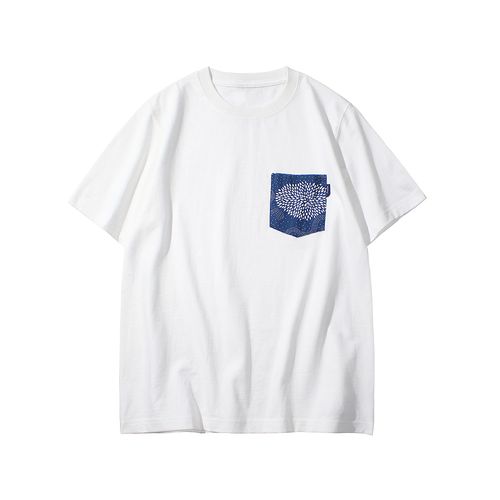Pilling is a common problem faced by many clothes, which not only affects the appearance of the clothes, but also reduces their service life. Here are some characteristics of fabrics that are less prone to pilling to help you identify them:
1. High-quality natural fibers: Natural fibers are generally more durable than synthetic fibers. Wear-resistant, not easy to pill. For example:
– High-quality cotton: Choose high-quality cotton made from long-staple cotton, which has high wear resistance and is not prone to pilling.
– Wool: Wool is a high-quality fiber with good wear resistance and anti-pilling effect.
2. High fabric density: The higher the density of the fabric, the more closely the fibers between the fabrics are intertwined, thereby reducing the possibility of pilling. For example:
– High-count cotton, linen and other fabrics: the higher the count, the more yarns per square inch, the fabric will be tighter and less likely to pill.
– Fine warp-knitted fabric: The weaving structure of warp-knitted fabric is relatively tight, so it is often not prone to pilling.
3. Good craftsmanship and processing: Some fabrics that have special technologies added to their craftsmanship and processing will improve their resistance to pilling. For example:
– Anti-pilling treatment: Some fabrics undergo special treatment during the production process, such as anti-pilling treatment or adding additives to prevent pilling, thereby increasing the wear resistance of the fabric.
– Sanding treatment: Some fabrics are sanded in the subsequent processing, that is, the surface of the fabric is sanded to make it smoother and reduce the shedding of fibers on the surface of the fabric.
4. High-quality fabric brands: Choosing a brand with a good reputation and known for producing high-quality fabrics is another way to identify fabrics that are not prone to pilling. These brands usually focus on material selection and process technology to ensure reliable product quality.
It should be noted that even fabrics that are not prone to pilling may appear due to friction, detergents, etc. during daily use and washing. Hair ball problem. To maintain the appearance and quality of your clothing, it is recommended to follow correct washing methods and promptly address any pilling.
In summary, choosing high-quality natural fibers, high fabric density, craftsmanship and treatment, reputable brands and other factors can help you identify fibers that are not prone to lint. ball fabric.





